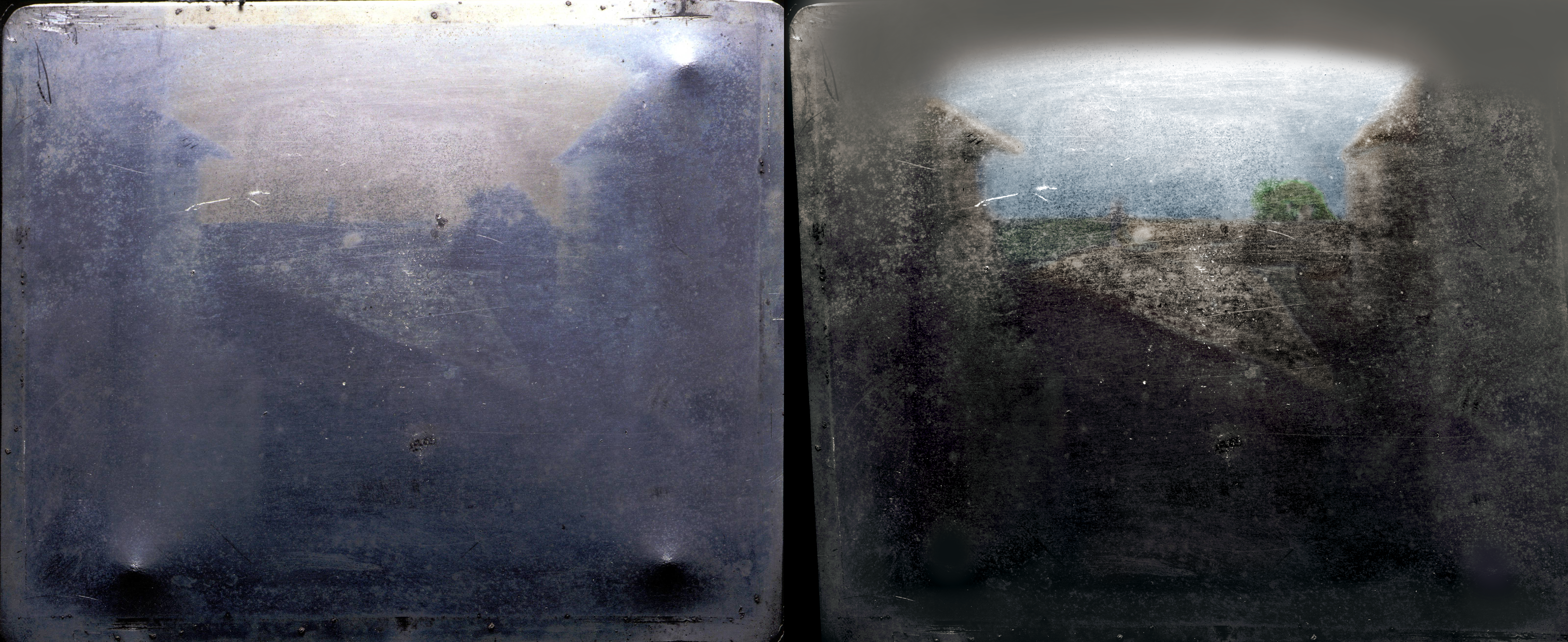|
Heliochrome
A heliochrome is a color photograph, particularly one made by the early experimental processes of the middle 19th to early 20th centuries. The word was coined from the Greek roots "helios", the sun, and "chroma", color, to mean "colored by the sun". It was applied to images as technologically diverse as Levi Hill's "Hillotypes" of the 1850s (Hill's instruction book was entitled ''A Treatise on Heliochromy''), the three-color carbon prints made by Louis Ducos du Hauron in the 1870s, and the interference color photographs made by Gabriel Lippmann Jonas Ferdinand Gabriel Lippmann (16 August 1845 – 13 July 1921) was a Franco-Luxembourgish physicist and inventor, and Nobel laureate in physics for his method of reproducing colours photographically based on the phenomenon of interference. ... in the 1890s. It was also occasionally misapplied to images whose color was non-photographic, i.e., due to local coloring by handwork of some kind. References History of photography Photo ... [...More Info...] [...Related Items...] OR: [Wikipedia] [Google] [Baidu] |
Levi Hill
Levi Hill (26 February 1816 − 9 February 1865) was an American minister in upstate New York who claimed in 1851 that he had invented a color photographic process. Borrowing terms previously introduced in France, Hill called his process "heliochromy" and the photographs that it produced "heliochromes", but by analogy to the naming of the then-current daguerreotype process after its inventor Louis Daguerre, Hill's color photographs were soon being called "Hillotypes". Hill's work was met with skepticism during his lifetime, then for more than a hundred years after his death histories of photography routinely dismissed it as a complete fraud. Later researchers found that his very difficult process did in fact have a limited ability to reproduce the colors of nature. Life and work Levi Hill was, among other things, a Baptist minister in Westkill ( Greene County) in the New York Catskill Mountains area. In the early 1840s, Hill learned the daguerreotype process, the only ph ... [...More Info...] [...Related Items...] OR: [Wikipedia] [Google] [Baidu] |
Color Photograph
Color (American English) or colour (British English) is the visual perceptual property deriving from the spectrum of light interacting with the photoreceptor cells of the eyes. Color categories and physical specifications of color are associated with objects or materials based on their physical properties such as light absorption, reflection, or emission spectra. By defining a color space, colors can be identified numerically by their coordinates. Because perception of color stems from the varying spectral sensitivity of different types of cone cells in the retina to different parts of the spectrum, colors may be defined and quantified by the degree to which they stimulate these cells. These physical or physiological quantifications of color, however, do not fully explain the psychophysical perception of color appearance. Color science includes the perception of color by the eye and brain, the origin of color in materials, color theory in art, and the physics of electromagn ... [...More Info...] [...Related Items...] OR: [Wikipedia] [Google] [Baidu] |
Louis Ducos Du Hauron , names sometimes translated to English as "Louis"
{{disambiguation ...
Louis may refer to: * Louis (coin) * Louis (given name), origin and several individuals with this name * Louis (surname) * Louis (singer), Serbian singer * HMS ''Louis'', two ships of the Royal Navy See also Derived or associated terms * Lewis (other) * Louie (other) * Luis (other) * Louise (other) * Louisville (other) * Louis Cruise Lines * Louis dressing, for salad * Louis Quinze, design style Associated names * * Chlodwig, the origin of the name Ludwig, which is translated to English as "Louis" * Ladislav and László - names sometimes erroneously associated with "Louis" * Ludovic, Ludwig, Ludwick, Ludwik Ludwik () is a Polish given name. Notable people with the name include: * Ludwik Czyżewski, Polish WWII general * Ludwik Fleck (1896–1961), Polish medical doctor and biologist * Ludwik Gintel (1899–1973), Polish-Israeli Olympic soccer player ... [...More Info...] [...Related Items...] OR: [Wikipedia] [Google] [Baidu] |
Gabriel Lippmann
Jonas Ferdinand Gabriel Lippmann (16 August 1845 – 13 July 1921) was a Franco-Luxembourgish physicist and inventor, and Nobel laureate in physics for his method of reproducing colours photographically based on the phenomenon of interference. His parents were French Jews. Early life and education Gabriel Lippmann was born in Bonnevoie, Luxembourg (Luxembourgish: Bouneweg), on 16 August 1845. At the time, Bonnevoie was part of the commune of Hollerich (Luxembourgish: Hollerech) which is often given as his place of birth. (Both places, Bonnevoie and Hollerich, are now districts of Luxembourg City.) His father, Isaïe, a French Jew born in Ennery near Metz, managed the family glove-making business at the former convent in Bonnevoie. In 1848, the family moved to Paris where Lippmann was initially tutored by his mother, Miriam Rose (Lévy), before attending the Lycée Napoléon (now Lycée Henri-IV). He was said to have been a rather inattentive but thoughtful pupil with a special ... [...More Info...] [...Related Items...] OR: [Wikipedia] [Google] [Baidu] |
History Of Photography
The history of photography began in remote antiquity with the discovery of two critical principles: camera obscura image projection and the observation that some substances are visibly altered by exposure to light. There are no artifacts or descriptions that indicate any attempt to capture images with light sensitive materials prior to the 18th century. Around 1717, Johann Heinrich Schulze captured cut-out letters on a bottle of a light-sensitive slurry, but he apparently never thought of making the results durable. Around 1800, Thomas Wedgwood made the first reliably documented, although unsuccessful attempt at capturing camera images in permanent form. His experiments did produce detailed photograms, but Wedgwood and his associate Humphry Davy found no way to fix these images. In 1826, Nicéphore Niépce first managed to fix an image that was captured with a camera, but at least eight hours or even several days of exposure in the camera were required and the earliest resul ... [...More Info...] [...Related Items...] OR: [Wikipedia] [Google] [Baidu] |




